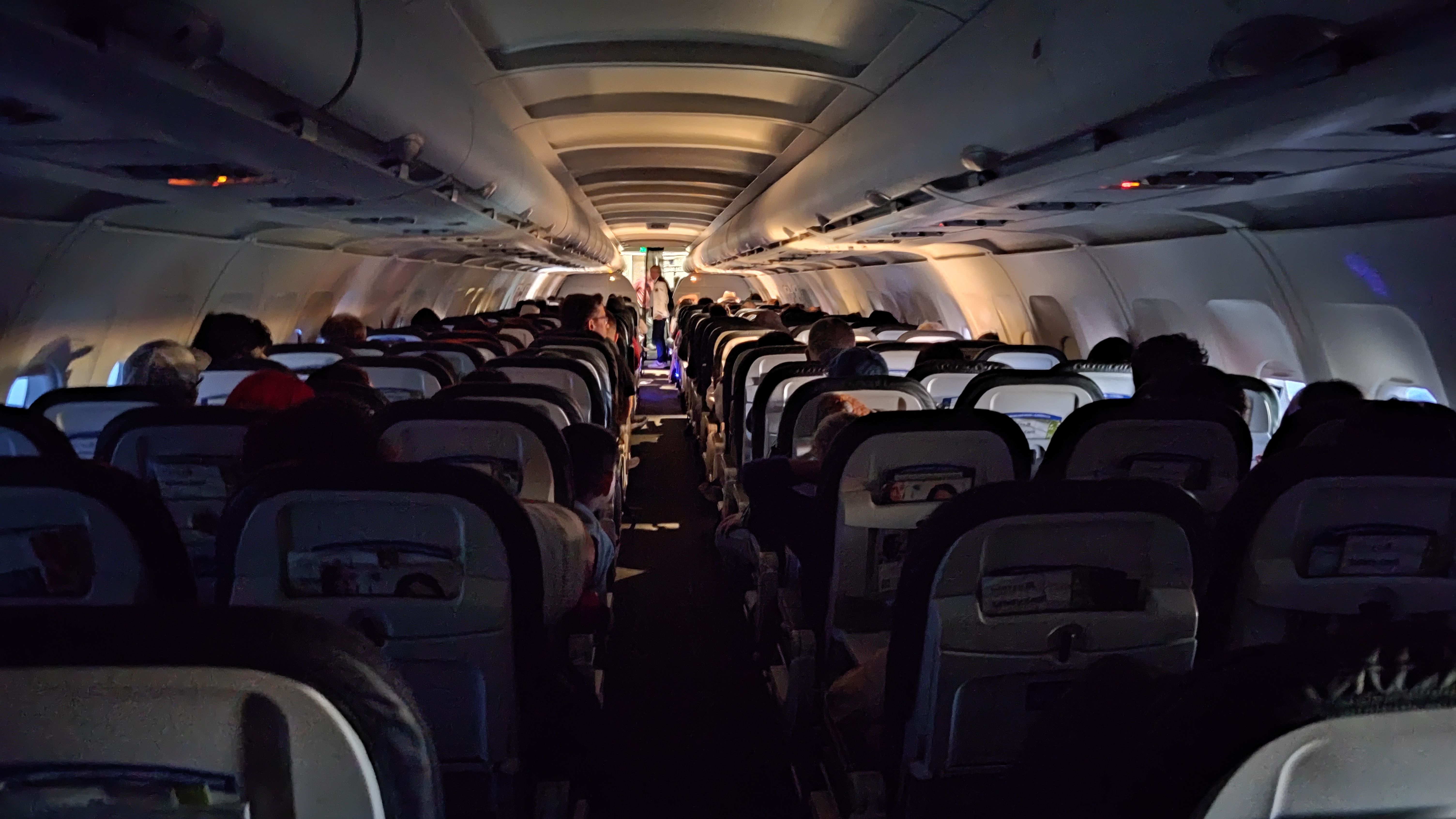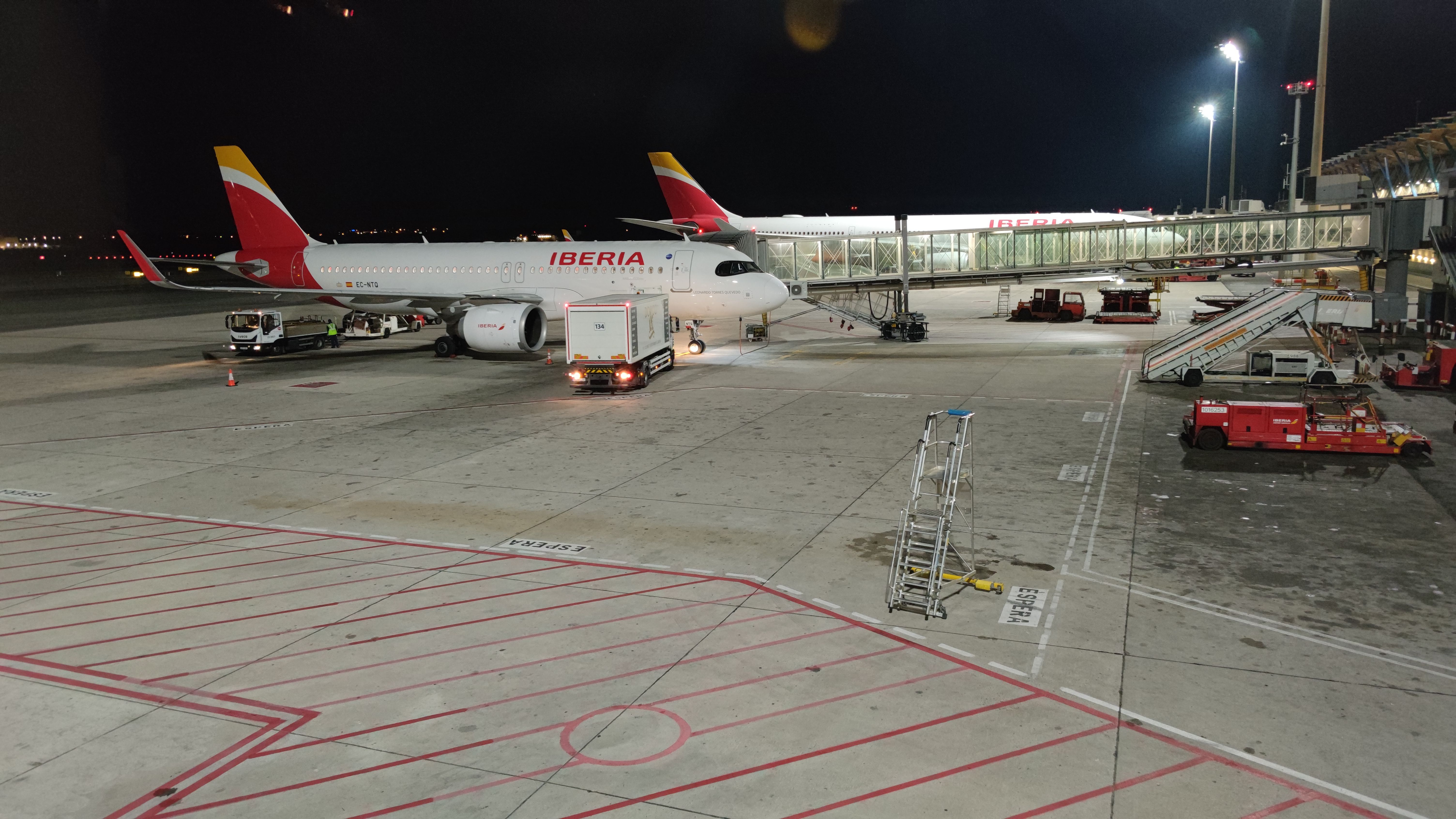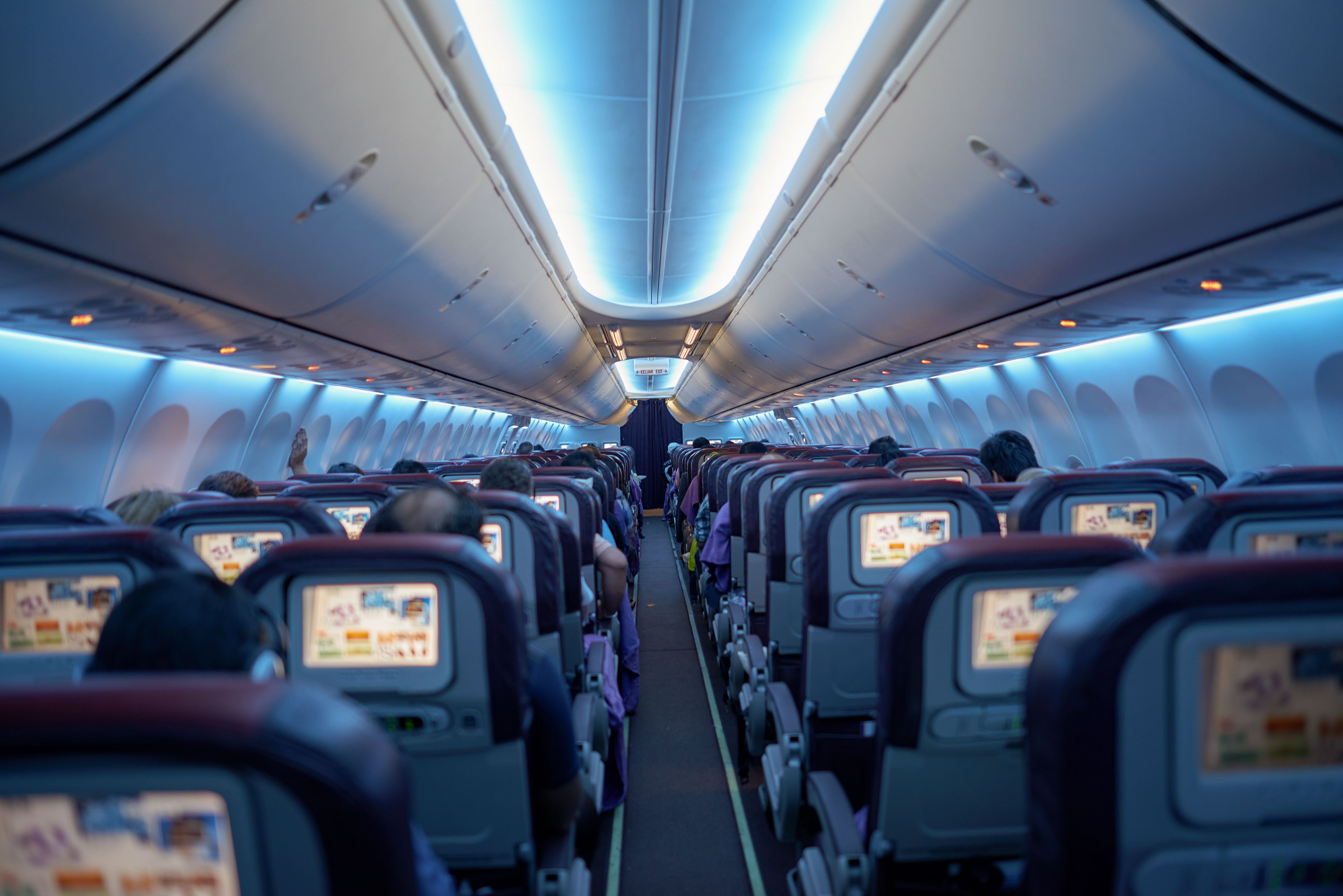Summary
- Dimming cabin lights during takeoff allows passengers to adjust their eyes to low-light conditions.
- The darker the cabin, the more visible emergency lighting and illuminated pathways become.
- Raising window shades during the day floods the cabin with natural light.
For those of us who have flown at night, we know that the dimming of cabin lights during taxi signifies that our departure is imminent. The process is repeated at the flight's conclusion, with the second dimming of cabin lights indicating that the touchdown is not far away. But what are the reasons for dimming the cabin lights during takeoff and landing procedures?
Safety reasons
In all aspects of commercial aviation, the safety of passengers and staff is paramount. As such, it is perhaps not surprising that safety is the primary reason cabin lights are dimmed shortly before takeoff and landing procedures.
The lighting is dimmed for the same reason crew members ask passengers to raise their window shades - for safety in case of an emergency. In the event of such a circumstance, ideal visibility can make a crucial difference to one's safety. Keeping window shades open can also help keep passengers orientated in critical situations as it allows them to be more aware of their surroundings.
It can take the human eye between ten and 30 minutes to fully adjust to a newly dark setting. However, dimming cabin lights gives passengers and crew extra time to adapt to the lower-light conditions. This can be critical if an aircraft must be evacuated at night. Indeed, the period of time that it can take human eyes to calibrate to low-light conditions could theoretically be the difference in one's chances to escape in an emergency.
Want answers to more key questions in aviation? Check out the rest of our guides here.
Extra preparation
Another reason for dimming cabin lights is that the darker the cabin is, the more visible the emergency lighting and illuminated pathways will become. As such, everyone onboard the aircraft will be better equipped to promptly and safely evacuate the aircraft in an emergency. As Colin C. Law shared in 2019, cabin lights are adjusted to match outside light conditions for safety reasons. For instance, in the event of an evacuation during takeoff, cabin lights should not be on the brightest mode; otherwise, it would jeopardize the evacuation process.
Lifting the window shades also raises passengers' awareness of their surroundings. Meanwhile, flight attendants benefit from a view outside of the aircraft, enabling them to detect any equipment abnormalities or hazards in the aircraft's vicinity.
A view out of the window can also be beneficial for more nervous passengers who are uncertain about the process of flying. Indeed, they may feel reassured by seeing outside the aircraft and gaining an impression of their orientation to the ground.
Window shades
Dimming the lights is also allied with raising the window shades on an aircraft. During the day, the latter measure ensures the interior is flooded with natural light. Subsequently, passengers and crew have increased visibility in the cabin. This gives everyone onboard better chances of a prompt and safe evacuation should an emergency arise.
Of course, in the overwhelming majority of cases, the situations for which these precautions are designed do not arise. That said, as with most processes that occur on airliners, there is a rational reason for taking them anyhow. At the end of the day, passenger and crew safety must always come first.
Bonus: it saves energy
A final reason airlines and crews dim the cabin lights during takeoffs and landings is to lower the power consumption of aircraft, optimizing engine performance during these critical phases of the flight.
Do you prefer to fly in the day or at night? How do you find the process of dimming cabin lights before takeoff and landing? Let us know your thoughts in the comments!



